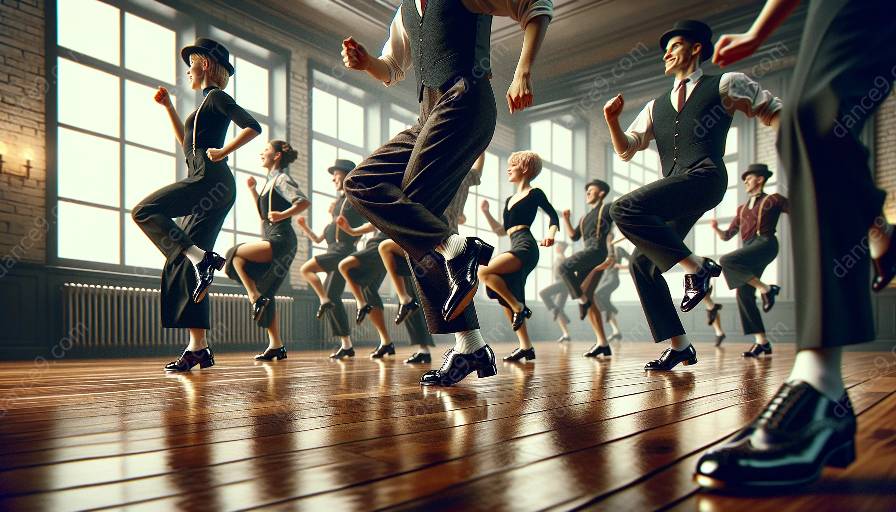Tap dance has long been intertwined with African American culture, influencing and shaping the art form in significant ways. The history, evolution, and impact of tap dance on African American culture are rich and diverse, reflecting the struggles, triumphs, and creativity of the community. This article seeks to explore the deep connections between tap dance and African American culture, shedding light on the historical, social, and artistic significance of the art form.
The Historical Roots of Tap Dance in African American Culture
Tap dance has its roots in the rich cultural traditions of African American communities. Emerging from the fusion of African rhythmic traditions, European clog dancing, and other diverse influences, tap dance evolved as a unique art form that resonated deeply with the experiences and expressions of African American individuals. The rhythmic complexities and syncopated movements of tap dance reflect the diversity and resilience of African American culture, serving as a means of storytelling, communication, and self-expression.
Influence on Music and Popular Culture
Tap dance has significantly influenced music and popular culture, contributing to the development of various musical genres and dance styles. From its early presence in Vaudeville and minstrel shows to its integration into jazz and swing music, tap dance has left an indelible mark on the cultural landscape. The infectious rhythms and dynamic movements of tap have permeated popular culture, shaping the way people perceive and experience music, dance, and entertainment.
Expression of Identity and Resistance
Through its intricate footwork and improvisational nature, tap dance became a powerful mode of expressing identity and resistance within African American communities. In the face of adversity and marginalization, tap dancers used their craft to assert their cultural pride and assert their agency. From the iconic routines of legendary tappers to the grassroots movements in urban neighborhoods, tap dance served as a platform for reclaiming narratives, challenging stereotypes, and celebrating the resilience of African American culture.
Legacy and Modern Relevance in Dance Classes
The legacy of tap dance continues to resonate in modern dance classes, where its rhythmic complexities and expressive qualities captivate dancers of all backgrounds. By studying tap, dancers gain an appreciation for the historical and cultural significance of the art form, deepening their understanding of African American culture and its enduring impact. In addition to its historical relevance, tap dance offers a dynamic and engaging form of physical expression, fostering creativity, musicality, and coordination in dance classes across the world.
Conclusion
The connections between tap dance and African American culture run deep, reflecting the intertwined histories and experiences of a vibrant community. Understanding and appreciating the cultural and historical significance of tap dance is essential for anyone seeking to engage with dance and the diverse expressions of human experience. By recognizing the impact of tap dance on African American culture, individuals can gain a greater appreciation for the art form and its enduring legacy in dance classes and beyond.













































































